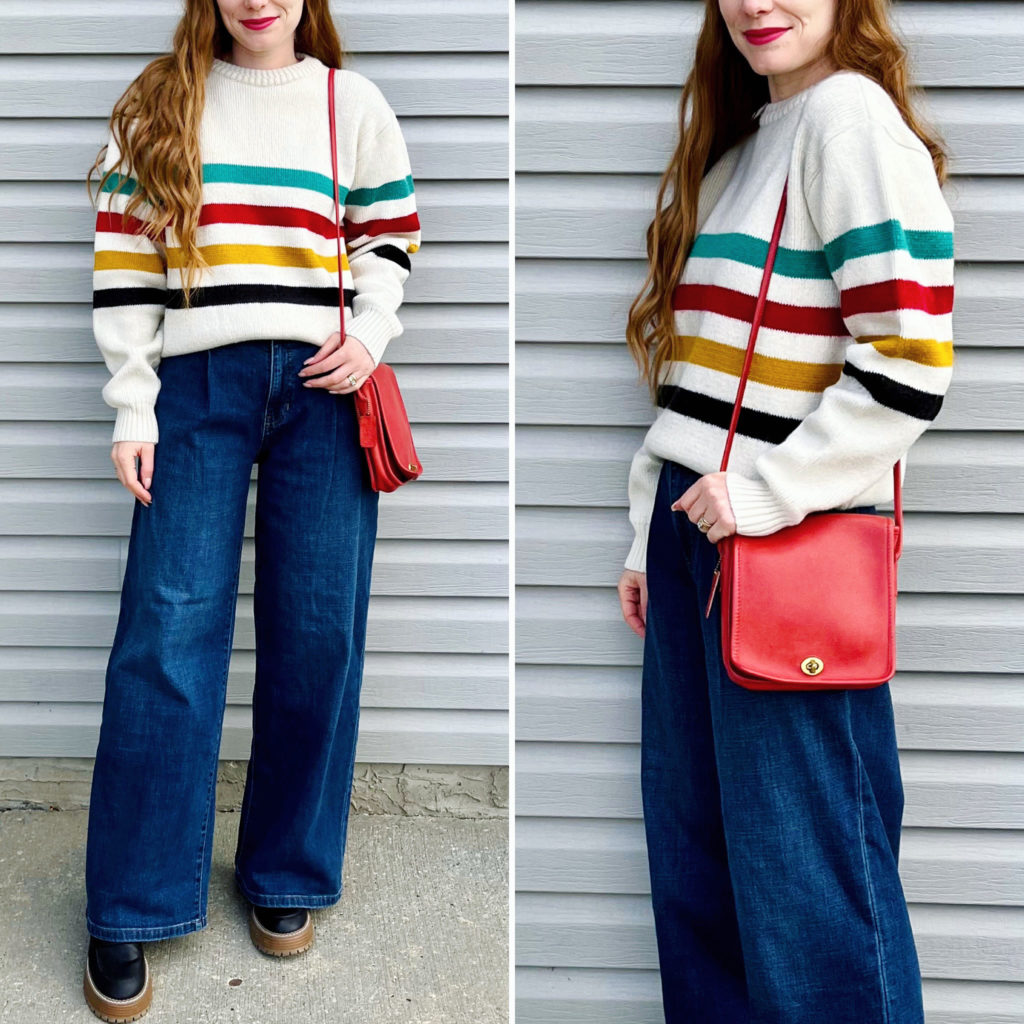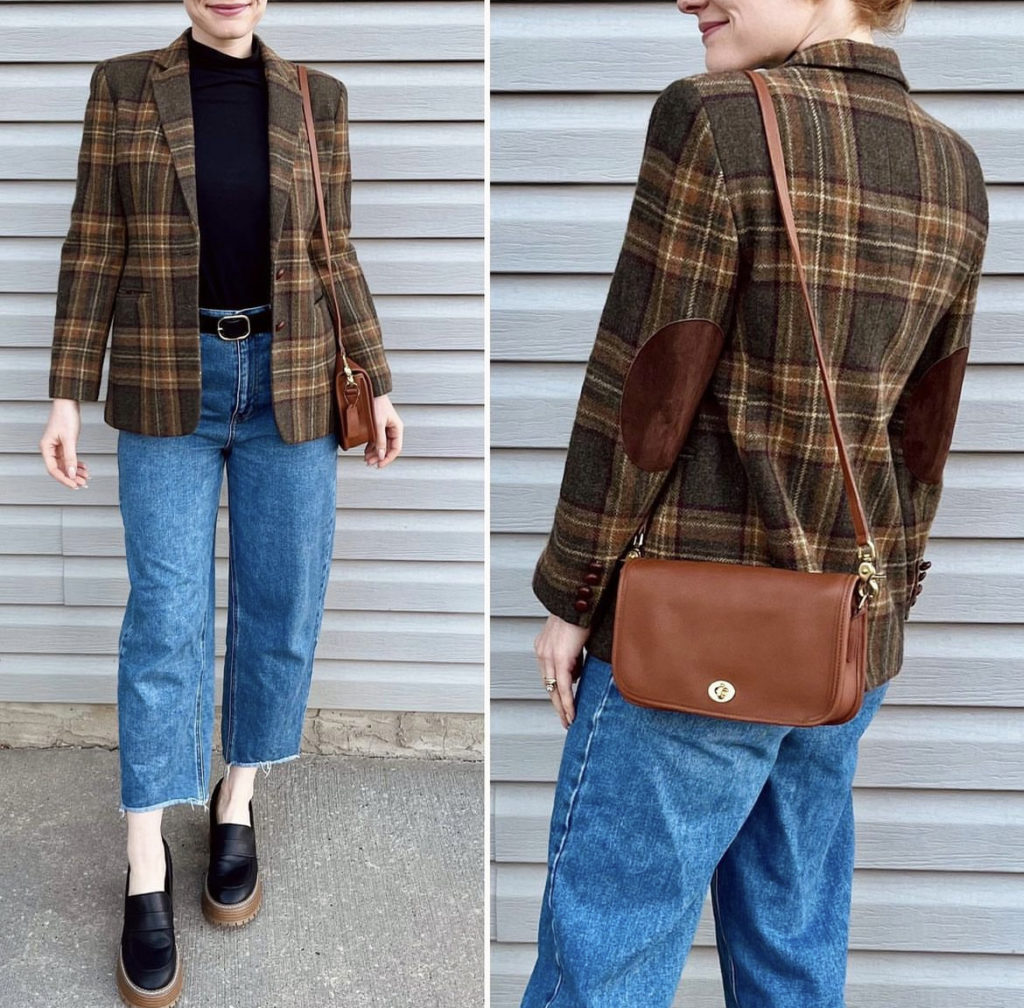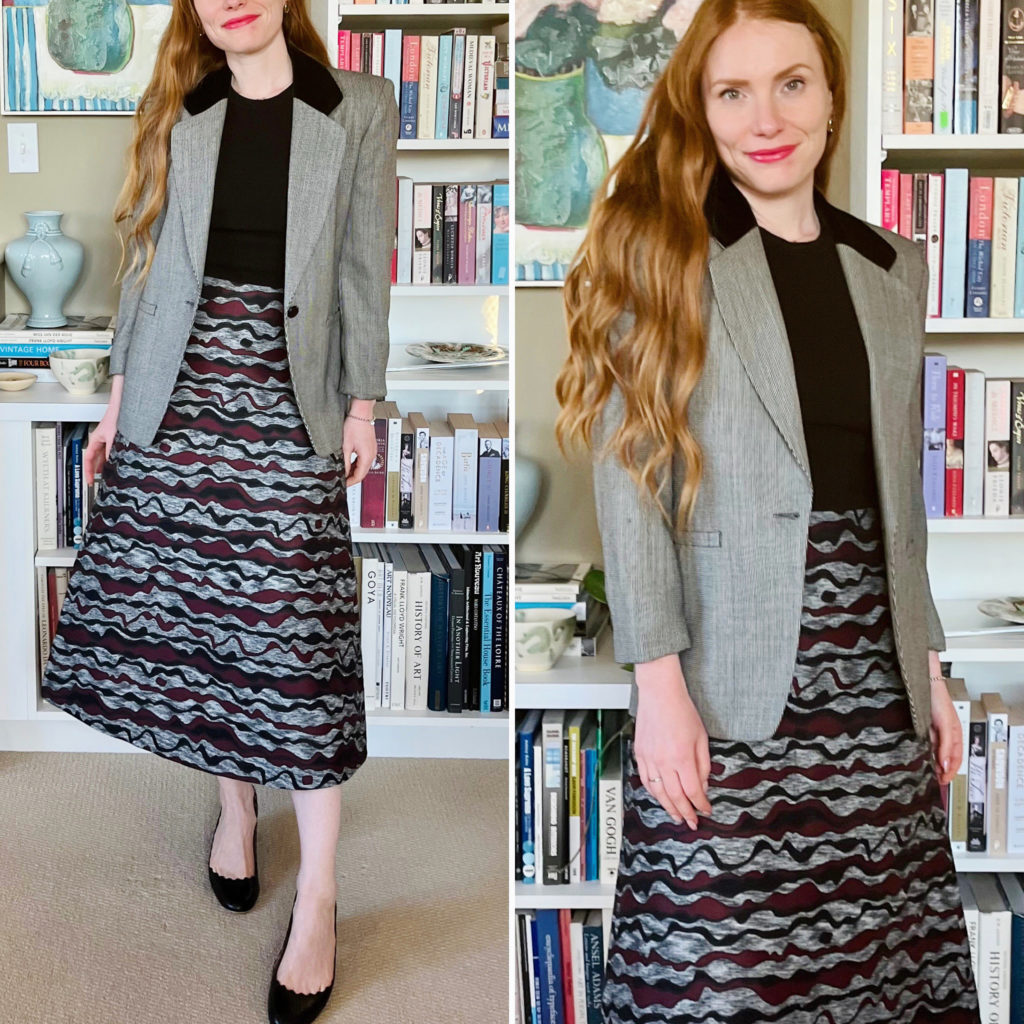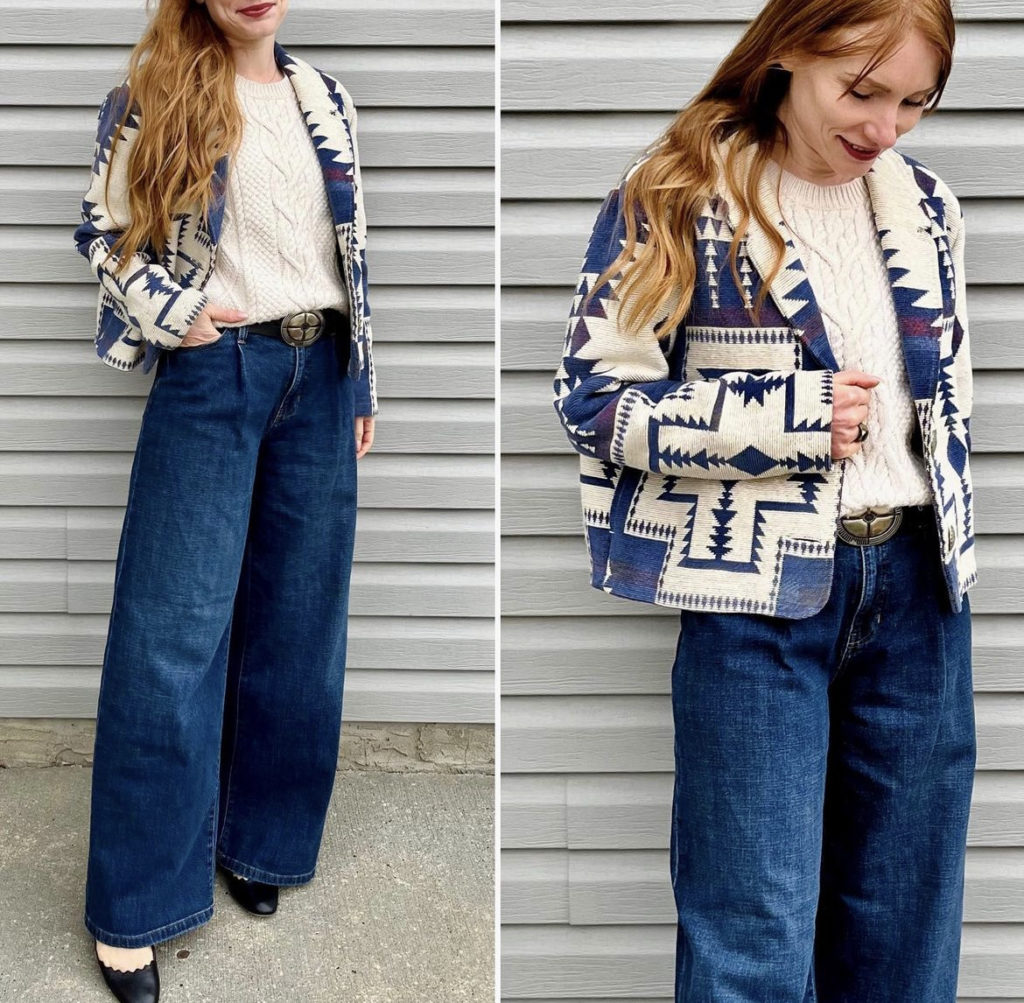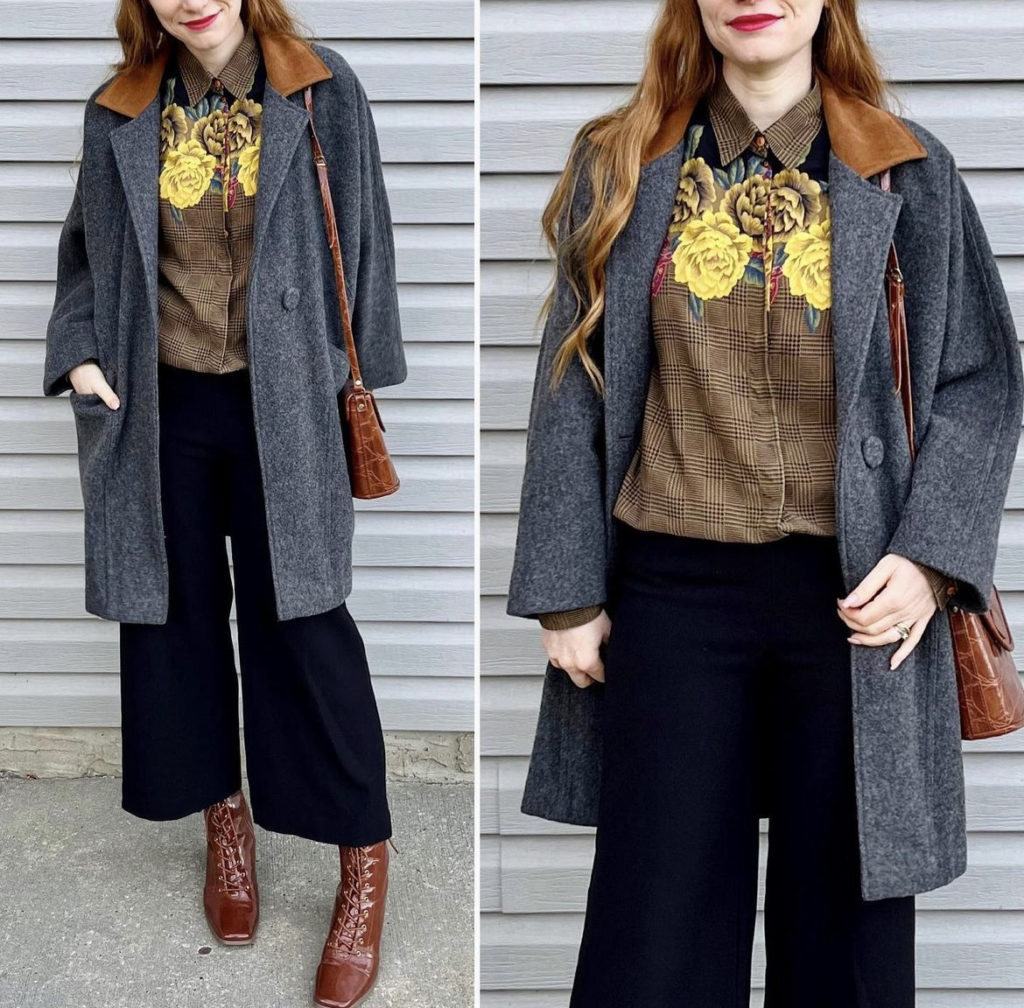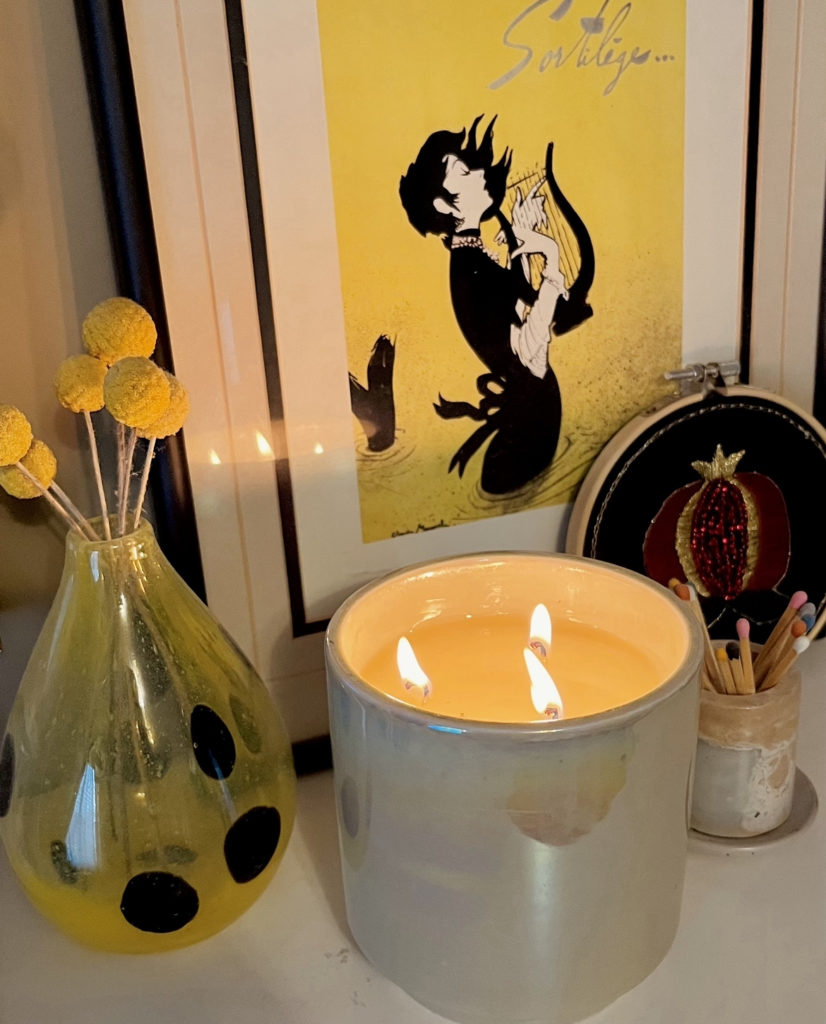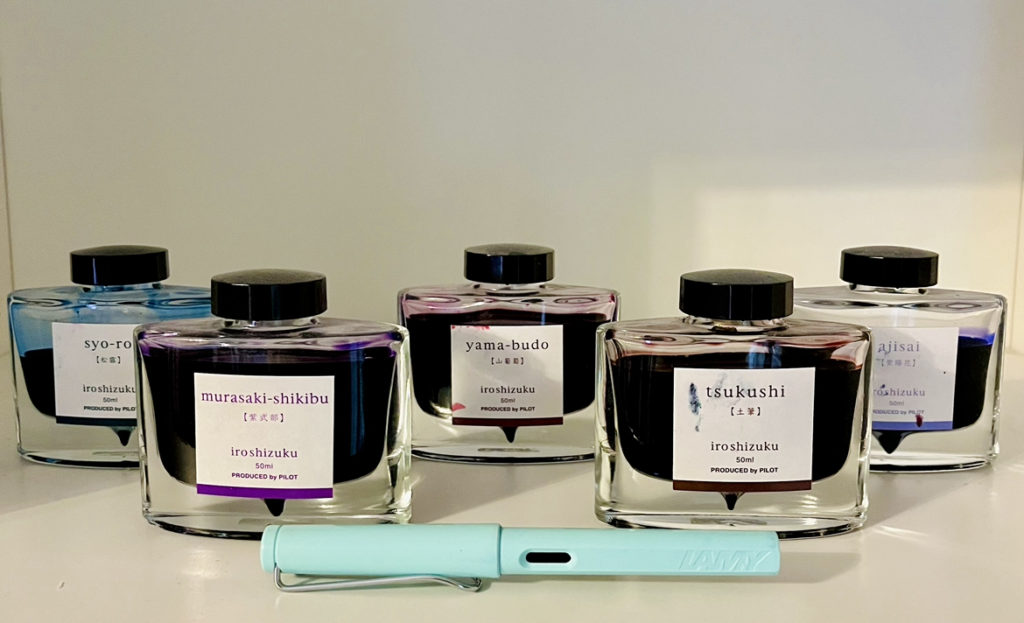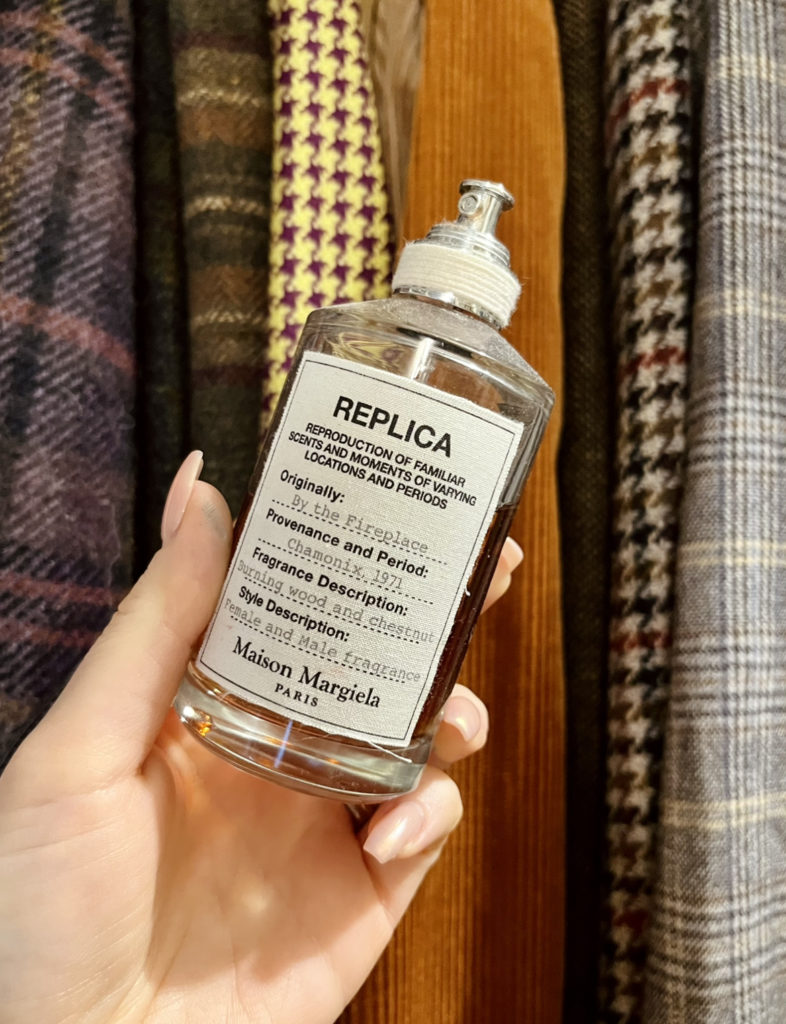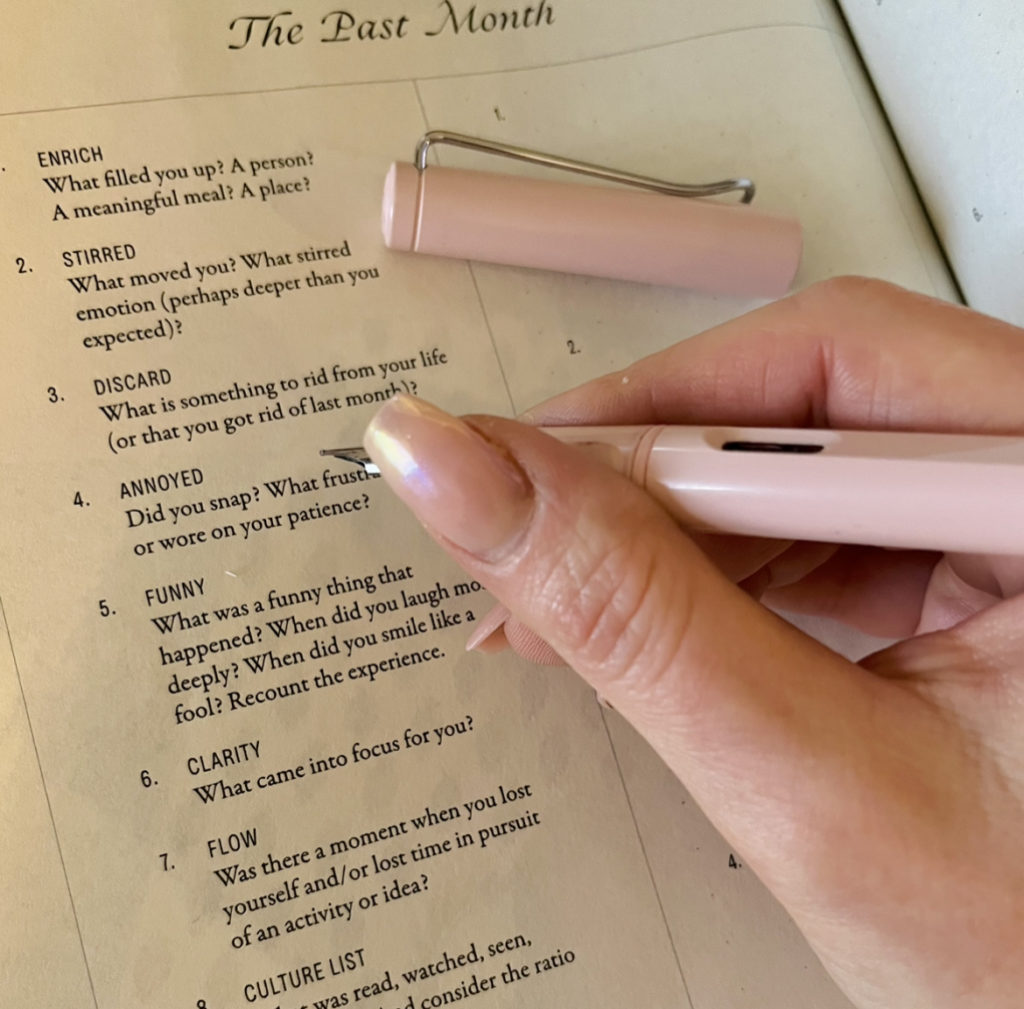I’m sure that, by now, everyone’s heard about boy/girl math, such being the nature of viral trends. So I wanna talk today about another kind of arithmetic.
Adina’s Shopping Math.
Now, you may be wondering, “does math even come into Adina’s shopping?!” and, if so, you are forgiven. I am very fortunate when it comes to my closet. (And my life in general.) I have all the clothes I need, and plenty more besides. With patience and some thrifting luck, I’ve been able to get most of the things my heart has desired over the years. And when it comes to the things I love — whether it’s clothes, or books, or home décor — I don’t hesitate to “indulge” myself year-round, not just for special occasions. But there are limits to my “guilt-free” spending. Price caps, if you will. Actually, I’ve taken to calling these “no math limits”. So, you see, math does come into it.
[Pause here for an important sidebar. I hate using the terms “indulge” and “guilt” (or “guilt-free”) almost as much as I hate the term “investment” in this context, but they are basically the shorthand that we have all been conditioned to use when speaking about personal discretionary spending. This terminology comes loaded with baggage — implicit value judgments and connotations that can contribute to a dysfunctional or toxic relationship with money and material possessions. That’s why I am making a conscious effort to reframe the way I talk about this topic.]
What is a “no math limit”? Basically, it’s a price point below which I will purchase things without engaging in any higher value math. More on that later. I don’t have a single universal “no math limit”; it depends on the category and type of purchase involved. And “no math limits” only apply to certain categories in the first place, specifically the ones that represent the things I’m most passionate about — as noted above, clothes, books, art/crafts and home décor. Discretionary purchases outside of those categories always involve higher value math.
I think it helps to illustrate what I’m talking about by using hard numbers, but please don’t get hung up on the specific figures; they’re personal to me and in no way intended as a prescriptive guide for anyone else.
In general, I will buy any one item (from one of the above categories) if it’s $20 or less without giving it much thought beyond “do I like it/want to read it/make something with it”. That’s a “no math limit”. With clothing, if it’s an item I REALLY want and have been searching for a while — say, a specific vintage Ralph Lauren piece — then my “no math limit” is around $100. Furniture is also an outlier, in that, if it’s a piece that my husband and I both agree we like, the “no math limit” is somewhere in the region of $250.
But what if an item I’m considering for purchase doesn’t have a “no math limit” or exceeds the applicable “no math limit”?
In approaching the decision whether to buy something or not, my goal is to avoid engaging a scarcity mindset. Before I go on to explain, let me pause here again and note that I am writing this from the perspective of someone with generous disposable income, who is not dealing with financial insecurity. When I talk about scarcity mindset in this context, it is not actual scarcity that is the issue; it is the feeling or belief that one “doesn’t have enough” or doesn’t feel “secure” about what they have, without a rational basis for that belief (in other words, the person is actually financially secure and able to meet their basic needs and more). In a lot of people who experience it — myself included — scarcity mindset can be an expression of past (financial or other) trauma. In my case, having my entire life uprooted twice in a short span of time (at age 12 and 15) and experiencing a measure of financial hardship as a result, meant that it took me years to feel “secure” — not just financially, but in a lot of different ways.
It is also worth pointing out that capitalism encourages a scarcity mindset even outside of any personal trauma. Despite the overabundance of stuff being produced all the time, people are made to feel like they are constantly in danger of “missing out”, that there is always more that they need all the time — more money, more stuff, more experiences.
As I have become more aware of this mindset over the years, I have been actively trying to disrupt its manifestation in my behaviour and the decisions I make — whether it’s something as minor as buying a new coat, or as fundamental as how I want to design my life.
Ok, so what does that look like?
Well, when it comes to buying a (discretionary) item without or outside a “no math limit”, here are the questions I ask myself to avoid approaching the decision from a scarcity mindset:
(1) can I afford it?
(2) is the enjoyment that the item would bring me represent the best value I can get right now from the money it takes to acquire that thing?
(3) does the enjoyment of the item outweigh the cost of owning it?
This is what I’m calling “higher value math”. (See, I told you I would bring this full circle).
Let’s break this down quickly.
The first question is table stakes stuff. When I am deciding whether I can afford something, I mean specifically whether it’s within my budget for discretionary spending. That means (a) I have the money in the bank and don’t need to rely on credit; (b) that money is available after all other budget line items (including savings) have been met. I call this table stakes stuff, but it’s actually also a reflection of personal priorities; financial security is important to me.
The second question is fairly self-evident; money is a finite resource, we want to get the most bang for our buck. What represents the “most bang” is a deeply subjective assessment that is fundamentally rooted in one’s own value system. There are many things that money can buy, and not all of those things will be equally meaningful to us. Things can also be more or less meaningful at different times in our lives, and in comparison to other things we already possess.
As for the third question, you might be wondering “what is the cost of owning something, apart from its purchase price?” Well, some things require cleaning and maintenance, which can involve both time and effort as well as out-of-pocket costs. Other things merely require storage, but this, too, can come with cost implications. (Just ask my husband who’s had to built multiple libraries for me.) And there is an intangible cost too; taking responsibility for an item requires some measure of emotional bandwidth because we should care about the things we own.
For me, this higher value math has been extremely effective in guiding my shopping decisions. I think it’s important to mention that even if I decide not to buy something based on this analysis, it doesn’t mean that I don’t still want the thing. The point isn’t to nuke the desire. Framing my decision in this way just means that any pent-up desire isn’t left to fester. I am not “depriving” myself, or “giving up” something. I am affirming my values and priorities, while still appreciating the appeal of the thing. If, in a few months, the desire is still there, I can always run through the math again.
Let me be clear, though: the only way this works is if one has a very clear idea of one’s values and priorities. This sounds easy, but it’s actually one of the hardest parts of adulting. Capitalist society loves to tell us what our values and priorities should be and — no surprises here — those values and priorities usually align with the interests of those who own the means of production. Sometimes the messages are downright toxic (hello, hustle culture), sometimes they’re contradictory (just try being a working mother in this economy), but rarely are they actually reflective of who we actually are or how we want to live our lives. So we have to learn to tune them out. It’s hard because, well, we still have to engage with capitalist systems every day and they produce a never-ending cacophony. But without a firm understanding of one’s own values and priorities, higher value math is useless.
Here is an example of my higher value math in action, because I always feel like examples are useful even when they are intrinsically personal and, therefore, not necessarily reproducible.
This is a vintage Ralph Lauren skirt that I deeply, deeply, DEEPLY desire.
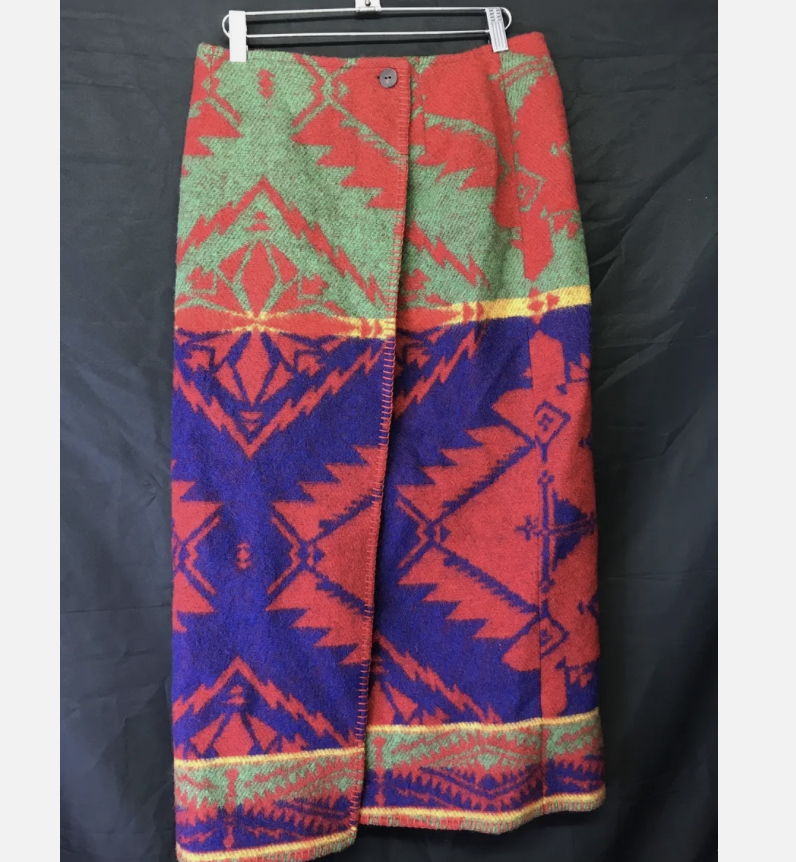
I think you can see that it suits my aesthetic and personal preferences down to a T. Collecting vintage Ralph Lauren pieces — and I use “collecting” deliberately here — is one of my current passions. The skirt is rare-ish but there are a few available on eBay, with list prices usually hovering around $600CAD — an amount that is available to me for discretionary spending, but far above my “no math” limit. I have, in fact, spent similar amounts on individual pieces of clothing in the past, though not recently (actually, at a time when my life and priorities looked quite different than they do now). Having considered the higher value math equation, I have chosen not to buy the skirt at this time.
I still love it. I am still keeping an eye on eBay listings, and actively looking for it on Poshmark. But this skirt isn’t going to give me the most enjoyment I can get, at this time, from $600. I have a lot of other skirts I love (which doesn’t make this one any less special, btw) and $600 could buy me a lot of, say, books or hours of treasure-hunting at the thrifts. Maybe some day the skirt will give me more enjoyment than those other things; maybe it won’t. Maybe I’ll stop loving it as much as I do right now. Maybe I’ll find it for a price that results in the high value math giving me a different answer. Hard to say. But, today, I am happy with my decision, regret-free, and FOMO-less.
And that’s some math I can really get behind.

